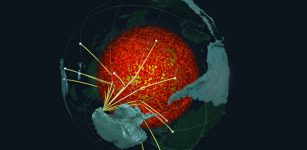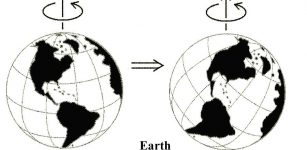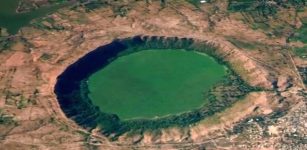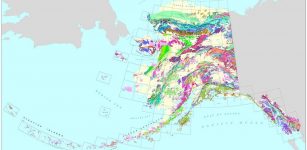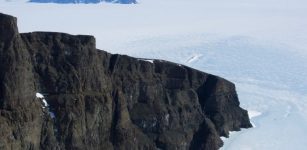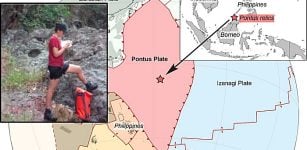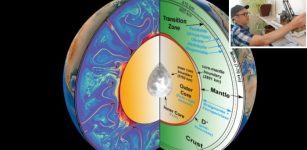Researchers Uncover Unknown And Puzzling Aspects Of Earth’s Ancient History
Eddie Gonzales Jr. – MessageToEagle.com – Researchers have advanced our understanding of massif-type anorthosites, mysterious rocks formed only during Earth’s middle history.
These plagioclase-rich igneous formations – covering areas as large as 42,000 square kilometers and containing titanium ore deposits – have long puzzled scientists due to conflicting origin theories.
Image credit: PIRO4D – Pixabay
A new study published in Science Advances on Aug. 14 highlights the intricate connections between Earth’s evolving mantle and crust and the tectonic forces that have shaped the planet throughout its history. It also provides new ways to explore when plate tectonics began, how subduction dynamics operated billions of years ago and the evolution of Earth’s crust.
The research team, led by Rice’s Duncan Keller and Cin-Ty Lee, studied massif-type anorthosites to test ideas about the magmas that formed them. The research focused on the Marcy and Morin anorthosites, classic examples from North America’s Grenville orogen that are about 1.1 billion years old.
By analyzing the isotopes of boron, oxygen, neodymium and strontium in the rocks as well as conducting petrogenetic modeling, the researchers discovered that the magmas that formed these anorthosites were rich in melts derived from oceanic crust altered by seawater at low temperatures. They also found isotopic signatures corresponding to other subduction zone rocks such as abyssal serpentinite.
“Our research indicates that these giant anorthosites likely originated from the extensive melting of subducted oceanic crust beneath convergent continental margins,” said Keller, the Clever Planets Postdoctoral Research Associate, Earth, Environmental and Planetary Sciences and the study’s lead author.
“Because the mantle was hotter in the past, this process directly connects the formation of massif-type anorthosites to Earth’s thermal and tectonic evolution,” the researcher said in a press release.
The study, which combines classical methods with the novel application of boron isotopic analysis to massif-type anorthosites, suggests that these rocks formed during very hot subduction that may have been prevalent billions of years ago.
Because massif-type anorthosites don’t form on Earth today, the new evidence linking these rocks to very hot subduction on the early Earth opens new interdisciplinary approaches for understanding how these rocks chronicle the physical evolution of our planet.
“This research advances our understanding of ancient rock formations and sheds light on the broader implications for Earth’s tectonic and thermal history,” said Lee, the Harry Carothers Wiess Professor of Geology, professor of Earth, environmental and planetary sciences and study co-author.
Written by Eddie Gonzales Jr. – MessageToEagle.com Staff Writer


